Polymer water retention crystals
harleylady
20 years ago
Related Stories

WINDOWSSteel-Framed Windows Leap Forward Into Modern Designs
With a mild-mannered profile but super strength, steel-framed windows are champions of design freedom
Full Story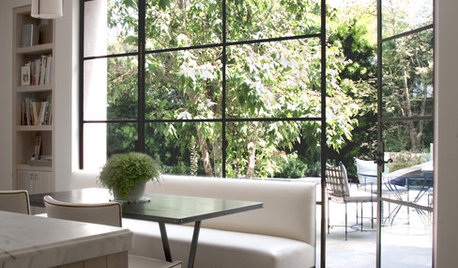
HOUSEKEEPINGThe Best Way to Get Your Windows Spotlessly Clean
Learn the pros’ tips and tricks for cleaning windows and getting them streak-free
Full Story
KITCHEN COUNTERTOPS7 Low-Maintenance Countertops for Your Dream Kitchen
Fingerprints, stains, resealing requirements ... who needs ’em? These countertop materials look great with little effort
Full Story
FARM YOUR YARDHow to Grow Vegetables in Containers
Get glorious vegetables and fruits on your patio with a pro’s guidance — including his personal recipe for potting mix
Full Story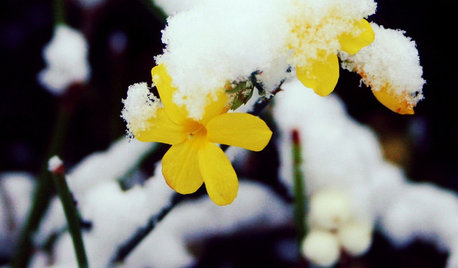
YELLOW FLOWERSGreat Design Plant: Winter Jasmine Gladdens Snowy Gardens
Sunny yellow flowers defy the frost, bringing cheer to the garden on gray days
Full Story
GARDENING GUIDESNew Ways to Think About All That Mulch in the Garden
Before you go making a mountain out of a mulch hill, learn the facts about what your plants and soil really want
Full Story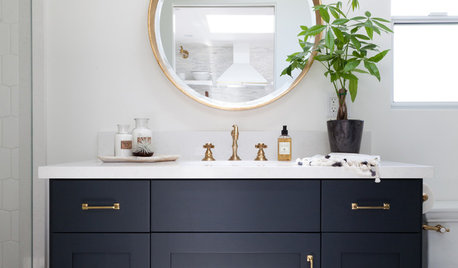
BATHROOM DESIGNA Crash Course in Bathroom Faucet Finishes
Learn the pros and cons of 9 popular faucet finishes
Full Story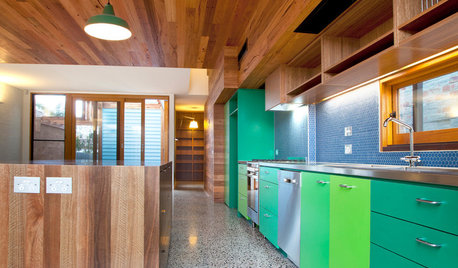
FLOORSMake Your Floors Terrific With Terrazzo
Durable, sanitary and unique, this bespeckled surface is a winner for floors, walls, countertops and sinks
Full Story
FALL GARDENING5 Ways to Put Fall Leaves to Work in Your Garden
Improve your soil and yard the organic way with a valuable garden booster that grows on trees
Full Story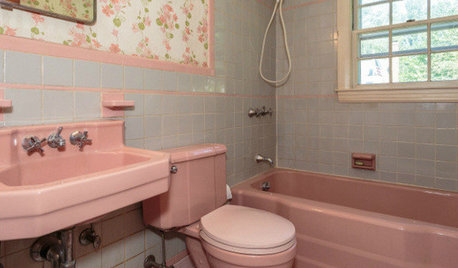
BATHROOM COLOR8 Ways to Spruce Up an Older Bathroom (Without Remodeling)
Mint tiles got you feeling blue? Don’t demolish — distract the eye by updating small details
Full Story





miSago
Field
Related Professionals
Lyons Landscape Architects & Landscape Designers · Middle Island Landscape Architects & Landscape Designers · Salem Landscape Architects & Landscape Designers · Clermont Landscape Contractors · Canton Landscape Contractors · Dickinson Landscape Contractors · Inglewood Landscape Contractors · Lake Saint Louis Landscape Contractors · Lynn Landscape Contractors · Mastic Beach Landscape Contractors · Miller Place Landscape Contractors · National City Landscape Contractors · Oak Harbor Landscape Contractors · Peoria Landscape Contractors · San Bruno Landscape ContractorsharleyladyOriginal Author
Field
socal23
harleyladyOriginal Author
Garden_trolip
eileenaz
eileenaz
harleyladyOriginal Author
eileenaz
harleyladyOriginal Author
anna_z7
harleyladyOriginal Author
eileenaz
sqlguy
DClews
JayEmVee
mabelwhite1963